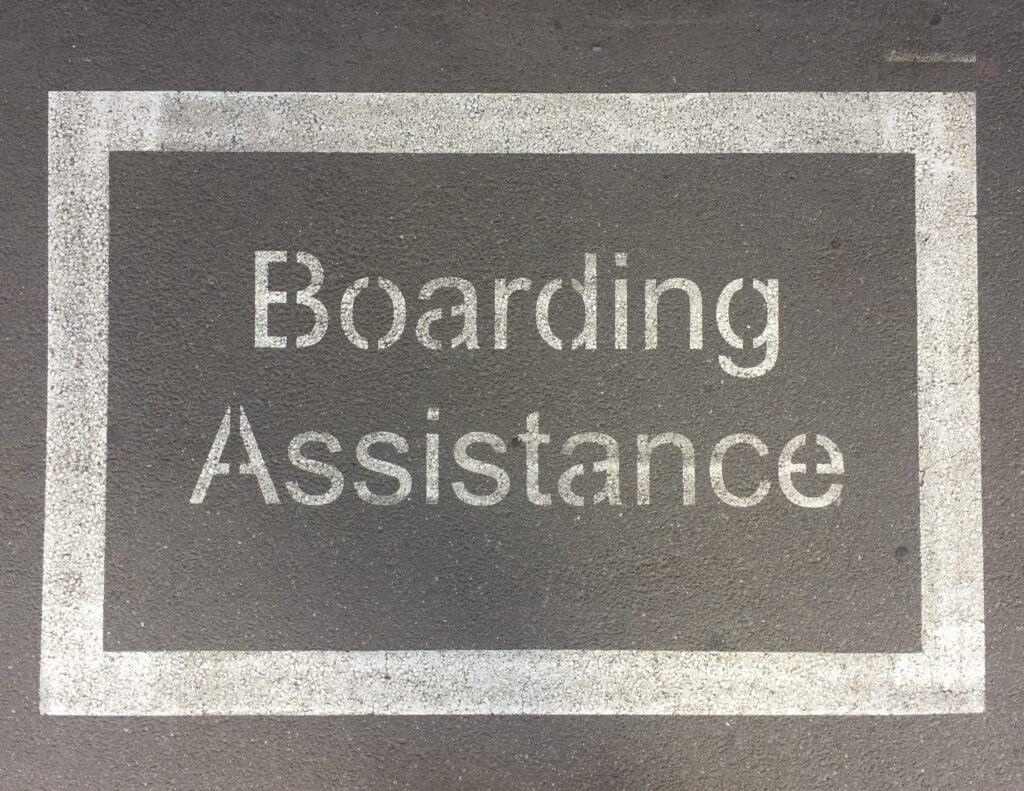Onboarding
Comprehensive Team Member Onboarding Plan

Photo by Tim King on Unsplash
Onboarding new team members is a crucial part of the hiring process, as it sets the tone for their experience at the company and helps them integrate into the team. A comprehensive plan can ensure new hires understand their role, responsibilities, and the company’s culture, policies, and procedures. Allow me to share a framework:
Step 1: The first step in structuring an effective plan is to define the goals and objectives. The plan should have a clear purpose and align with the company’s overall goals and values. Some common objectives of an onboarding plan include introducing new team members to the company’s culture and values, familiarizing them with their job responsibilities, and helping them build relationships with their colleagues.
Step 2: Next, create a timeline. This will help ensure that all necessary steps are taken and that new hires clearly understand what to expect during their first few weeks on the job. The timeline should include key milestones, such as the first day of work, training sessions, and supervisor check-ins.
Step 3: Identifying the key players in the onboarding process is important. This includes HR team members, managers, and colleagues working closely with the new hire. Each individual should have a clearly defined role in the onboarding process.
Step 4: Training and orientation are two of the most important aspects of the onboarding process. New hires must know the company’s policies, procedures, and best practices. This can include training sessions, mentorship programs, and job shadowing opportunities.
Step 5: It’s important to communicate the company’s culture and values to new hires. This can include providing a handbook outlining the company’s mission, vision, and values. It can also include introducing them to key team members and sharing stories about the company’s history and culture.
Step 6: Onboarding is not a one-time event. It’s an ongoing process that requires ongoing support and feedback. Managers and colleagues should provide new hires with regular check-ins and feedback to ensure they adjust to their new roles and the company culture.
Share this:
Gamifying Onboarding

Photo by Erik Mclean on Unsplash
In today’s multifamily business world, team member onboarding has become crucial to ensure that new employees have the necessary skills and knowledge to perform their jobs effectively. And it pays to be innovative in your approach.
One innovative way of ensuring that new hires are engaged and motivated during the onboarding process is through gamification. Let’s explore what it means and the importance of gamifying the team member onboarding experience and provide some ideas on how to do it.
First and foremost, gamification is a powerful tool for increasing engagement and motivation. Team members who are engaged and motivated are more likely to be productive and committed to their work. By gamifying the onboarding experience, new hires are more likely to be engaged and invested in the process. This can result in a faster and more effective process, benefiting both the employee and the company.
In addition, gamification can make the onboarding experience more enjoyable and memorable. New hires may feel overwhelmed by the information they need to learn during onboarding. Using game mechanics such as points, badges, and leaderboards can make the onboarding process more fun and engaging. This can help new hires to retain information more effectively and feel more positive about the experience.
So, how can you gamify the employee onboarding experience? Here are a few ideas:
- Create a scavenger hunt – Use clues and challenges to guide new hires through onboarding. This can be done both in-person and virtually.
- Use quizzes and assessments – Test new hires’ knowledge and offer rewards for correct answers.
- Offer digital badges and certificates – Create badges and certificates to recognize new hires’ achievements during onboarding.
- Create a game-based learning module – Develop a learning module that incorporates game mechanics, such as leveling up, to make the process more engaging.
- Implement a social learning platform – Encourage new hires to collaborate and learn from each other in a social learning platform. Incorporate game mechanics, such as leaderboards, to increase engagement.
Share this:
Eight Tips for Enriching Millennial Onboarding

Photo by Eliott Reyna on Unsplash
Millennials are now the largest generation in the workforce, and they have unique characteristics that set them apart from previous generations. As a result, onboarding Millennials in your multifamily organization requires a different approach than what has been used in the past.
Here are eight tips:
- Provide a clear understanding of the company culture
Millennials value a positive company culture that aligns with their values. During the onboarding process, it’s important to clearly understand the company’s culture, including its mission, values, and vision.
- Emphasize the company’s purpose and impact
Millennials are looking for a sense of purpose and meaning in their work. Emphasize the company’s purpose and how it makes a difference. This will help to engage and motivate Millennials.
- Provide continuous feedback and support
Millennials value ongoing feedback and support. During onboarding, it’s important to provide feedback on their progress and offer support to help them succeed. Toss out your annual review, as this generation expects constant feedback.
- Offer opportunities for growth and development
Millennials want to continue to learn and grow in their careers. Offer opportunities for growth and development, such as training programs, mentorship, and leadership opportunities. This will help to keep Millennials engaged and motivated.
- Use technology to enhance the onboarding process
Millennials are comfortable with technology and expect it to be part of onboarding. Use technology to streamline the process and make it more efficient. This can include online training modules, digital paperwork, and video conferencing.
- Assign a mentor or buddy
Assign a mentor or buddy to each new employee to help them navigate the company culture and processes. This will help build a strong relationship with the employee and give them someone to turn to for support.
- Create a sense of community
Millennials value a sense of community and collaboration in the workplace. Create opportunities for employees to socialize and connect, such as team-building activities, happy hours, and volunteer events.
- Offer a flexible work environment
Millennials value work-life balance and flexibility in their work environment. If reasonable, offer flexible work arrangements, such as remote work or flexible schedules, to accommodate their needs.

